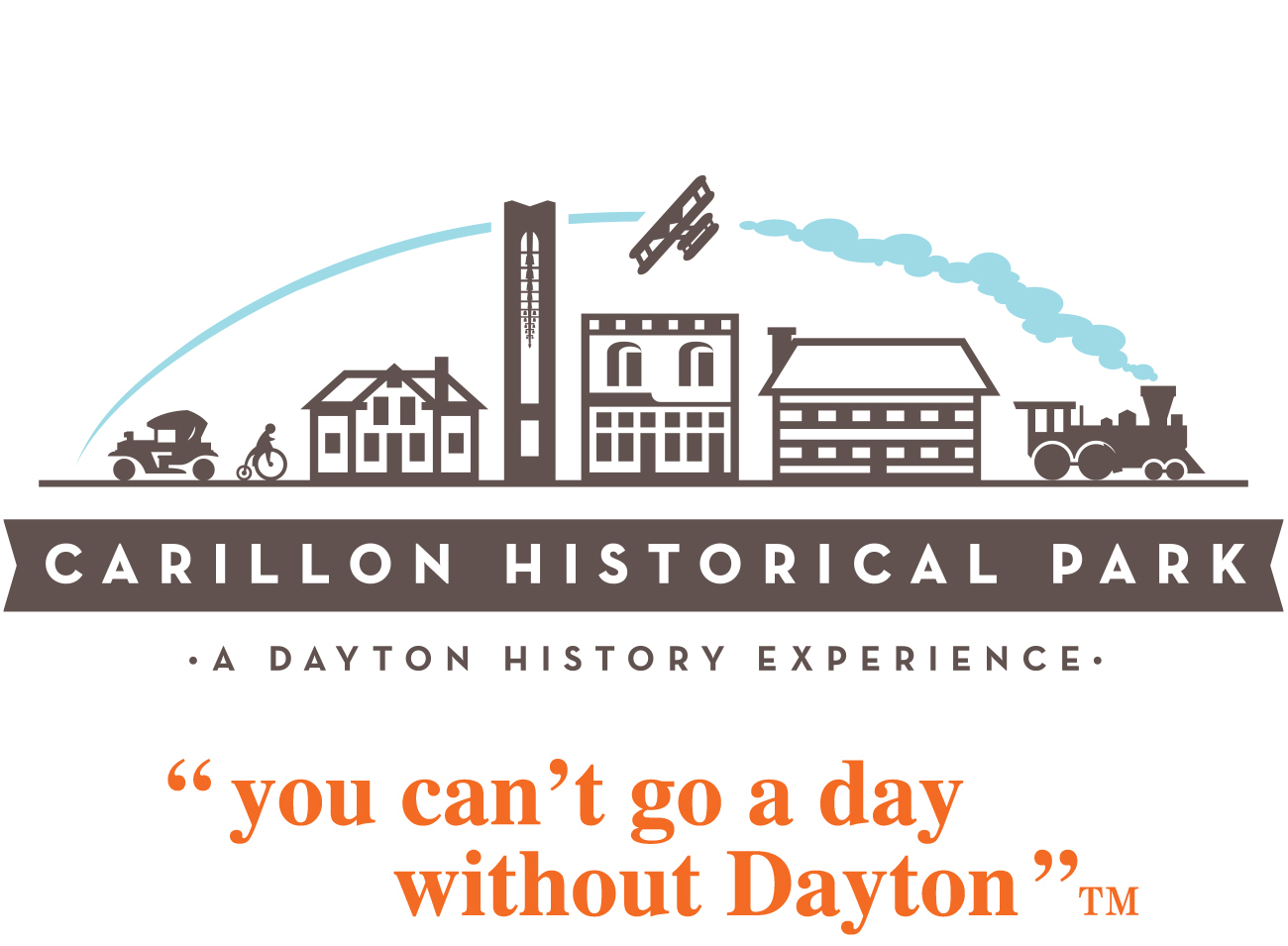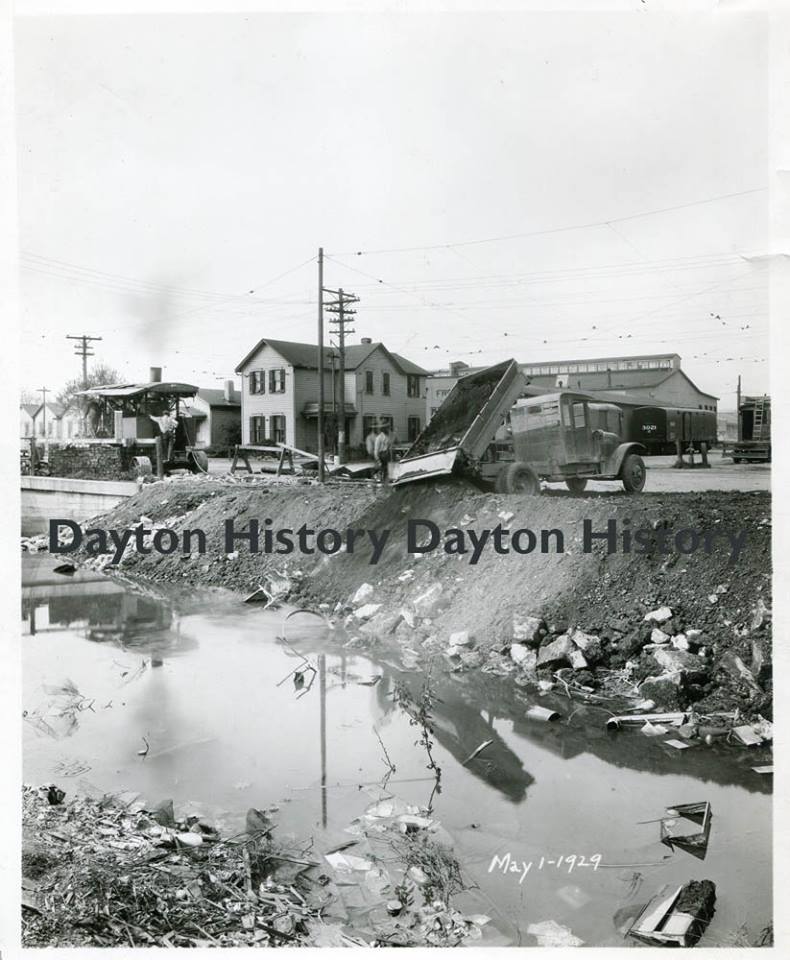Filling of the Canal 1929…
After profits began to slip, the State of Ohio decided in 1861 to lease the canals to private interests in hopes they would again become profitable. Unfortunately, this was not to be as the railroad industry had experienced exponential growth within the last two decades, thereby leaving the canals nearly obsolete. Business was so bad in fact that the lessees returned the public works to the state by 1878, in worse condition than before. Public outcry began insisting that the once heralded canals be now disposed of because they had become nothing more than “open sewers” and “detrimental to property values”. Slowly then, the canals were either sold off, mostly to railroads for rights of way, or abandoned all together. For the sections of the canal that were not sold to the railways, they were most often filled in and made into streets, sewers and public highways. Such was the case with part of the Miami and Erie Canal that ran through downtown Dayton, which today is known as Patterson Boulevard. Named for John H. Patterson who had once been a canal toll collector and later in life, an outspoken advocate for the disposal of the outdated canals, Patterson Boulevard runs from Monument Avenue southward towards Kettering. This image shows workman actively filling in what remained of the canal in May of 1929. This week’s photo is from Dayton History’s Image Collection.
To see other historical images from our collection, search our Digital Photo Archive.





